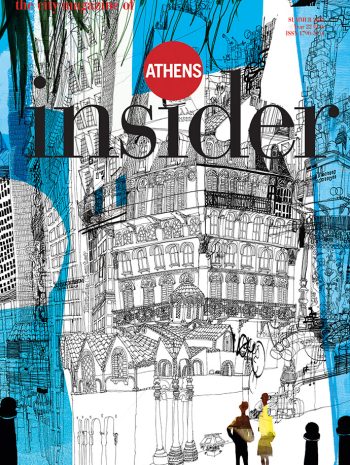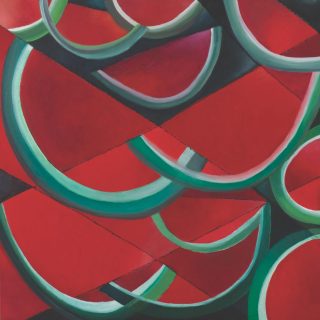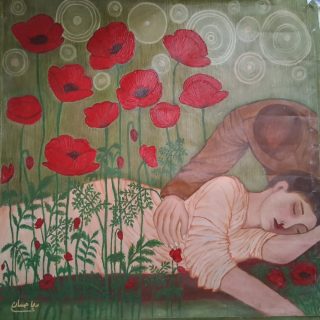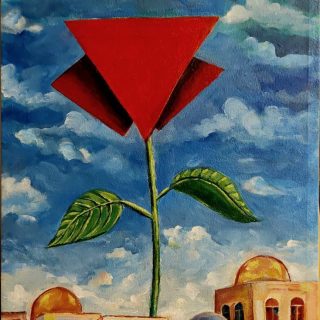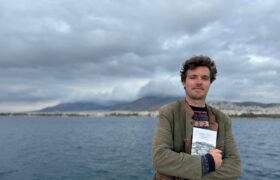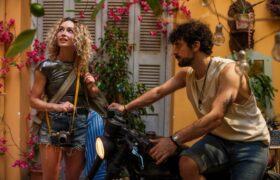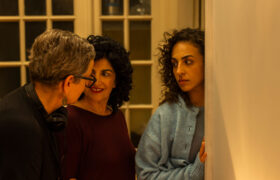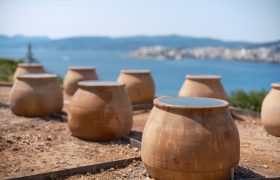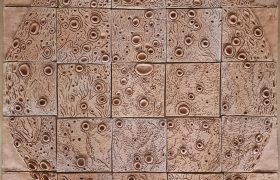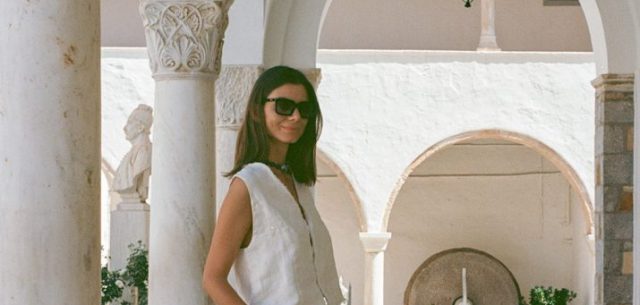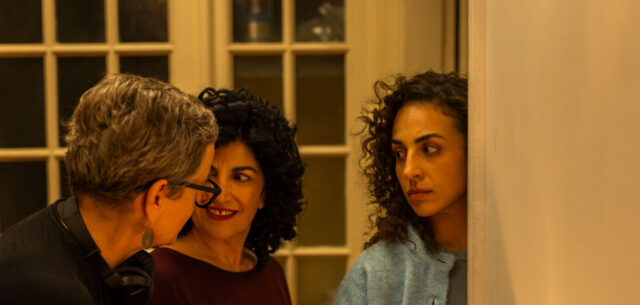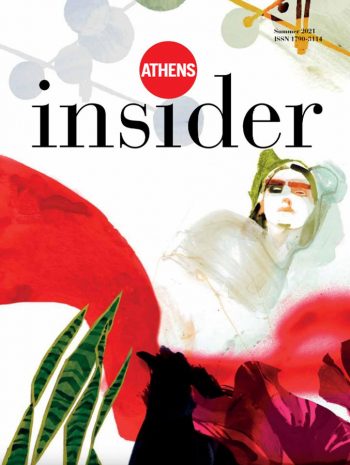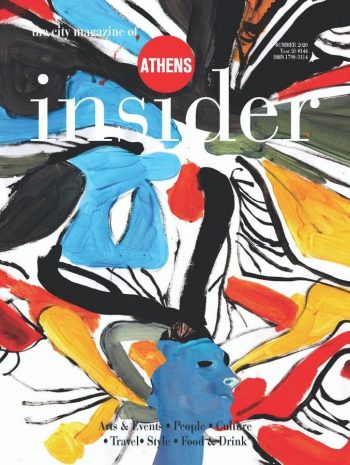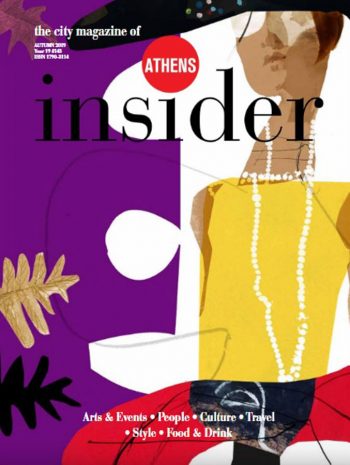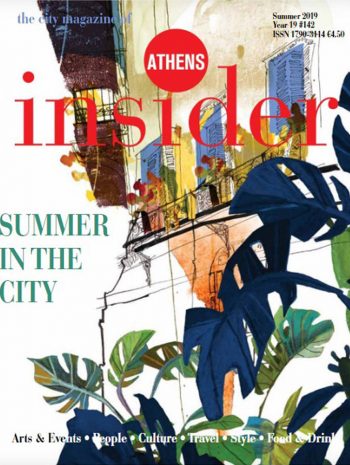Athens Pavilion of the Gaza Biennale
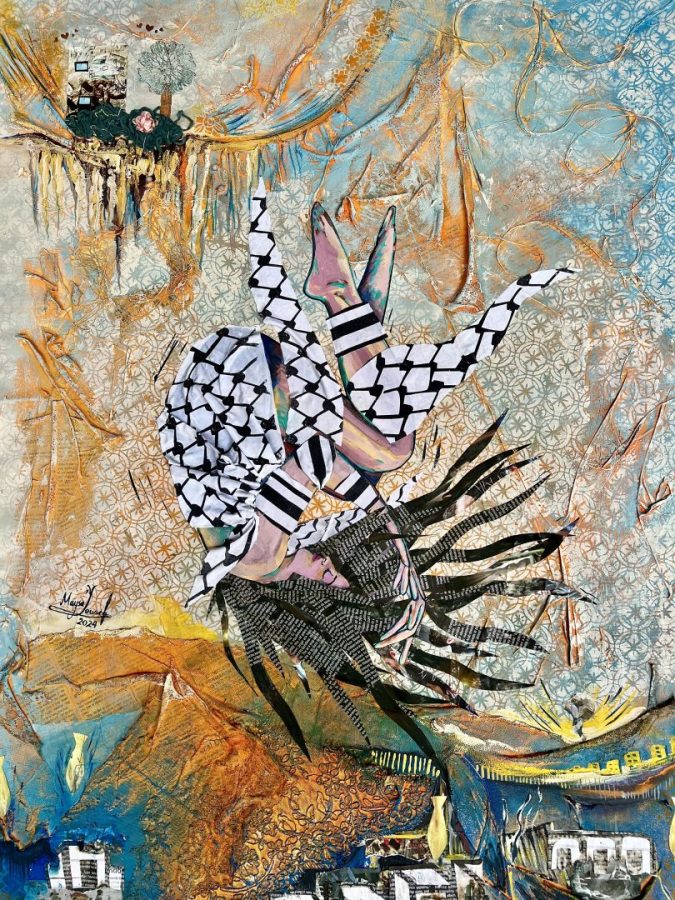
Every now and then, amidst the choppy modern sea of galleries, launches, festivals, happenings, pops-up, biennales and more, an artistic event will come along and quietly remind you of the power of art and its potential as a force for change. The Athens Pavillion of the Gaza Biennale is just one of those things, Tom Hall avers, and still finds himself returning to the art on display and the stories behind it. The Lofos Art Project in Kypseli is hosting the Athens Pavilion of the Gaza Biennale until 4th November 2025, an impressive local outpost of the global project.
The Gaza Biennale is a decentralized, global art exhibition initiated in 2024 by artists in Gaza, in collaboration with the West Bank-based Forbidden Museum of Jabal Al Risan. It is described as a displaced biennial, where the art had to go to the world because the world couldn’t come to it. An important aspect of the project is not to present the artists as victims, but as “heroes surviving destruction,” whose work is a testament to resilience. While it takes place against an undeniably politicised backdrop, and seeks to raise awareness as well as promote solidarity, the point of the project is to shine a light on the contemporary art scene in Gaza.
The Athens Pavillion is curated by Faye Tzanetoulakou and Dimitris Sarafianos and hosted at the Lofos Art Project. The show is called In the Zone of Fire/Miracles Among the Ruins—The Gaza Biennale. While the project seeks to avoid victimhood, the dystopian conditions under which the art is created, and under which the artists work, is unavoidable. Much of the original art can’t be transported so of necessity much of the art on display is in the form of high-quality prints. One artist, when asked for high-definition pictures, responded with, “If I am alive tomorrow, I’ll resend you.”
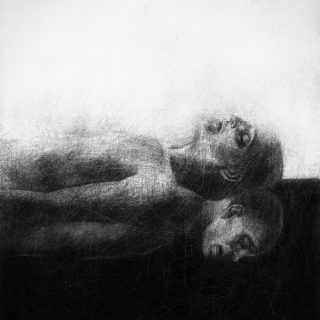
Apart from the raw emotion that is being channelled into the work, the innovation and technical skill on display is breathtaking. There are a series of eerily beautiful sketches by Osama Hussein that feature ghostly figures seemingly fading in and out of their environment, obscured by smoke or by the boundaries between worlds. The fact that these moving works were drawn with his finger on a mobile phone screen while lying on the floor to avoid detection by drones only adds to the impact of the series.Symbols of resistance are everywhere; watermelons, nourishing instances of pleasure which share the colours of the Palestinian flag, repeat in different forms, even on the wrist of the magnetically charming curator Faye, who proudly shows me her new tattoo as part of the tour. There are cactuses which demonstrate the ability to withstand, and even thrive in, harsh circumstances. And there are birds, representing Palestine’s rich ecosystem and position on international migratory paths, not least in Ahmed Adnan’s emotionally charged “re-telling” of Vermeer’s Girl with the Pearl Earring. The idea of migration or movement, of birds, of people, of ideas, plays out in many forms on the walls. The show is too rich and too varied to cover here in detail as highlighting individual works feels like an act of selection or even censorship in its own right with so much to experience. The short answer is say, go and see it for yourself. I will mention one other artist that did stand out for me though, breaking my own rule so quickly.
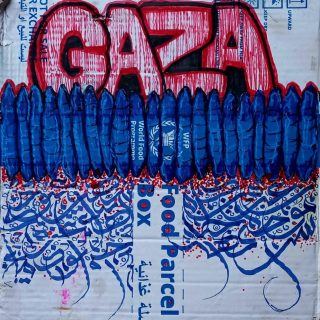
Ahmad Muhanna was an artist and psychological therapist before “life flipped” and he became an “artist devoid of hope” (which is also the name of his series). His work which captures moments of daily reality in Gaza, in particular the faces of the residents, defiant and terrified, highlights the practical challenges of scarcity. He uses the only canvases he can find, most notably United Nations World Food Program (WFP) aid boxes. The distinctive blue rectangles and the clear iconography of humanitarian aid frame his powerful images. The innovation and resilience on display with this moving sequence sums up the wider program of the Gaza Biennale, to tell the stories of the brave artists that refuse to stop creating and who believe, in the face of terrifying odds, that art has a place as a force for resistance.
Where: Lofos Art Project
Velvendou 39, Athens
When: Until 4 November 2025, from Tue-Sun 18:00-21:00
www.lofosartproject.com
